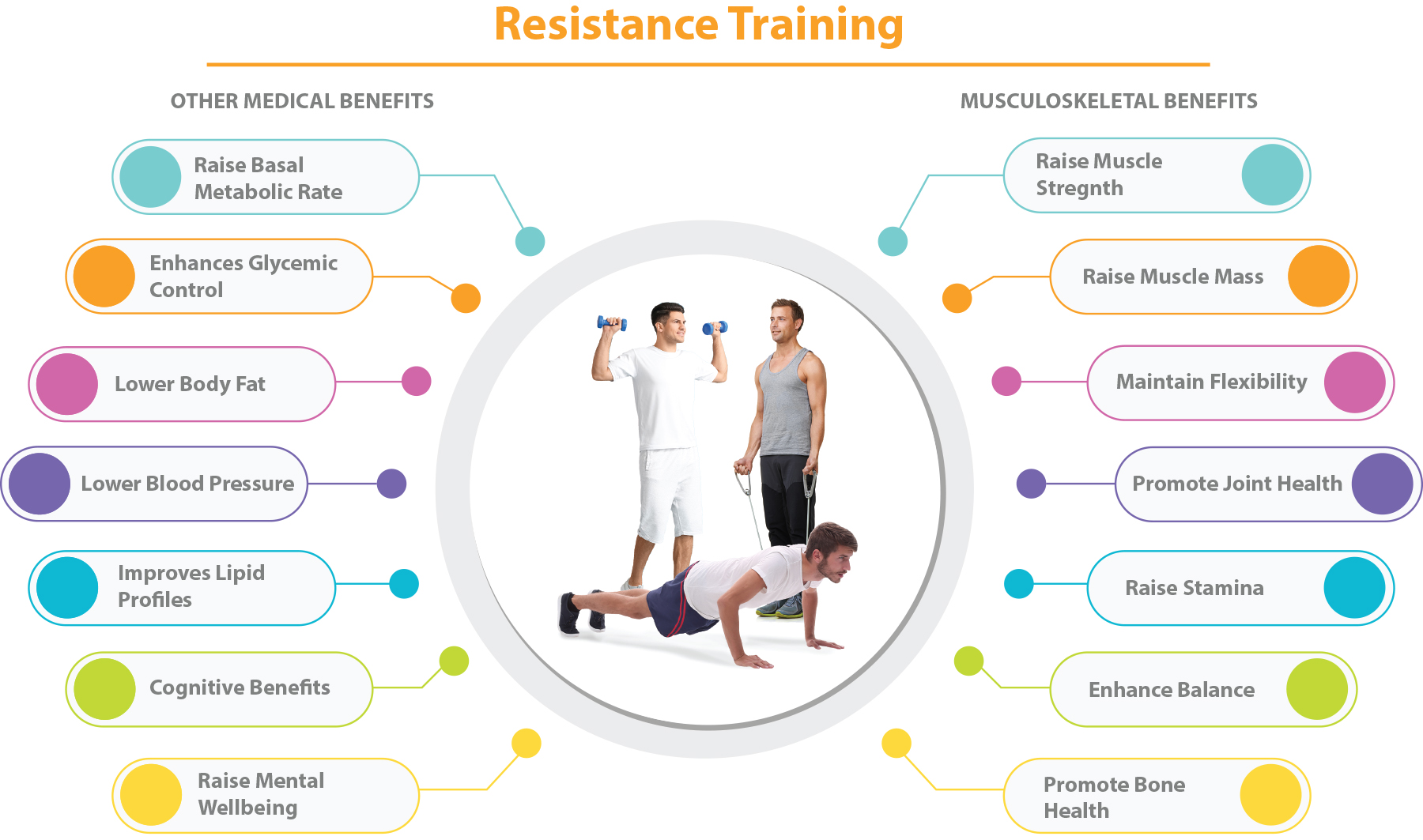The Benefits of Strength Training Are Numerous—but It’s Often Overlooked
You’ve just celebrated a birthday and realized—perhaps with a touch of surprise—that you’re now closer to 50 than 40. Until recently, health wasn’t top of mind. But watching a few friends confront unexpected medical issues has given you reason to pause and reflect.
By most measures, you’re doing well. You’re only about 10 pounds over your high school weight, have some occasional knee pain, and have noticed a slight uptick in your cholesterol. Still, you feel healthy overall. You jog a few times a week, eat a relatively balanced diet, and manage about 6 to 6.5 hours of sleep per night—though you suspect that may not be quite enough.
Compared to many of your peers, you’re ahead of the curve when it comes to paying attention to your health.
And you intend to keep it that way. You envision a long, active life—well into your 90s and beyond. While the 90s may still be considered “old age,” they no longer have to mean decline or dependency. In fact, more people today are entering later decades with vigor—launching second or even third careers, traveling, staying mentally sharp, and remaining physically independent.
But to get there, you may need to focus on one essential—yet often overlooked—pillar of long-term health.
The Silent Gap in Health Advice
Modern health guidelines emphasize three core pillars: nutritious eating, restorative sleep, and regular physical activity. Regarding the latter, the Physical Activity Guidelines for Americans specify that individuals should:
- Perform 150 minutes of moderate aerobic activity (like brisk walking) or 75 minutes of vigorous activity per week
- Do muscle-strengthening exercises at least two days per week
These recommendations are echoed by many leading global health organizations. But look closer and you’ll notice a problem: aerobic exercise comes with clear instructions—intensity, duration, frequency. Resistance training? No such instruction!
What counts as “sufficient”? How much weight should you lift? How many reps? What kind of movements? And how do you safely progress?
Why Strength Was Left Behind
For decades, public health messaging focused almost entirely on aerobic fitness. Books like Aerobics by Dr. Kenneth Cooper and The Complete Book of Running by Jim Fixx helped popularize walking, jogging, and cycling as the pillars of good health.
Meanwhile, resistance training was largely seen as something for athletes and bodybuilders—not the general public. It lacked broad appeal and clear guidance.
That began to shift in the late 1990s and early 2000s, as research increasingly underscored the role of strength training in healthy aging. Yet even today, strength training remains underemphasized, with limited public awareness.
The Unique Benefits of Resistance Training
Resistance training, or strength training, delivers a range of health benefits that go beyond what aerobic exercise alone can offer. While both forms of exercise improve blood sugar regulation, lower inflammation, reduce blood pressure, enhance cholesterol profiles, and support cognitive function, strength training uniquely targets the musculoskeletal system in ways that are critical for aging well.

If you rely solely on aerobic activity, you risk missing out on the following essential advantages that come with consistent strength training:
- Preservation and enhancement of muscular strength and power.
- Prevention of age-related muscle loss (sarcopenia).
- Maintenance or improvement of bone density, reducing the risk of osteoporosis and fractures
- Improved joint stability, posture, and movement mechanics
- Enhanced balance and coordination
- An increase in resting metabolic rate, as muscle tissue burns more calories at rest than fat tissue—supporting long-term weight management
By stimulating and maintaining lean muscle mass, resistance training strengthens not just your body, but your foundation for healthy aging.
The Real-World Payoff of Strength
When you’re younger or even in midlife, it’s easy to overlook strength training—especially if you feel fine, look okay, or stay active in other ways. But over time, the absence of strength work catches up with you.
Starting as early as your 30s, we lose about 1% of muscle mass per year, accelerating to 3% annually after age 60. Without resistance training, this gradual decline can lead to weakness, instability, and frailty—making everyday tasks like lifting groceries, getting out of a chair, or climbing stairs increasingly difficult.
Frailty isn’t just a loss of physical ability; it’s a medical syndrome that raises the risk of falls, illness, hospitalization, and loss of independence. Strength training helps you resist that trajectory—preserving your balance, coordination, and confidence in daily life.
Strength: The Missing Pillar of Healthy Aging
If you’ve thought of resistance training as optional, it’s time to reconsider. Strength isn’t just for athletes—it’s essential for everyone, especially as we age. The good news? It’s never too late to begin.
Going forward on this site, we’ll treat strength training as its own pillar of health. In upcoming posts, we’ll share practical strategies for building a sustainable strength routine, explore how to make muscle care a lifelong habit, and address the common barriers that hold people back.
Because in the end, strength isn’t just about muscle—it’s about freedom. The freedom to move confidently, stay independent, and live life fully—on your terms—for years to come.



